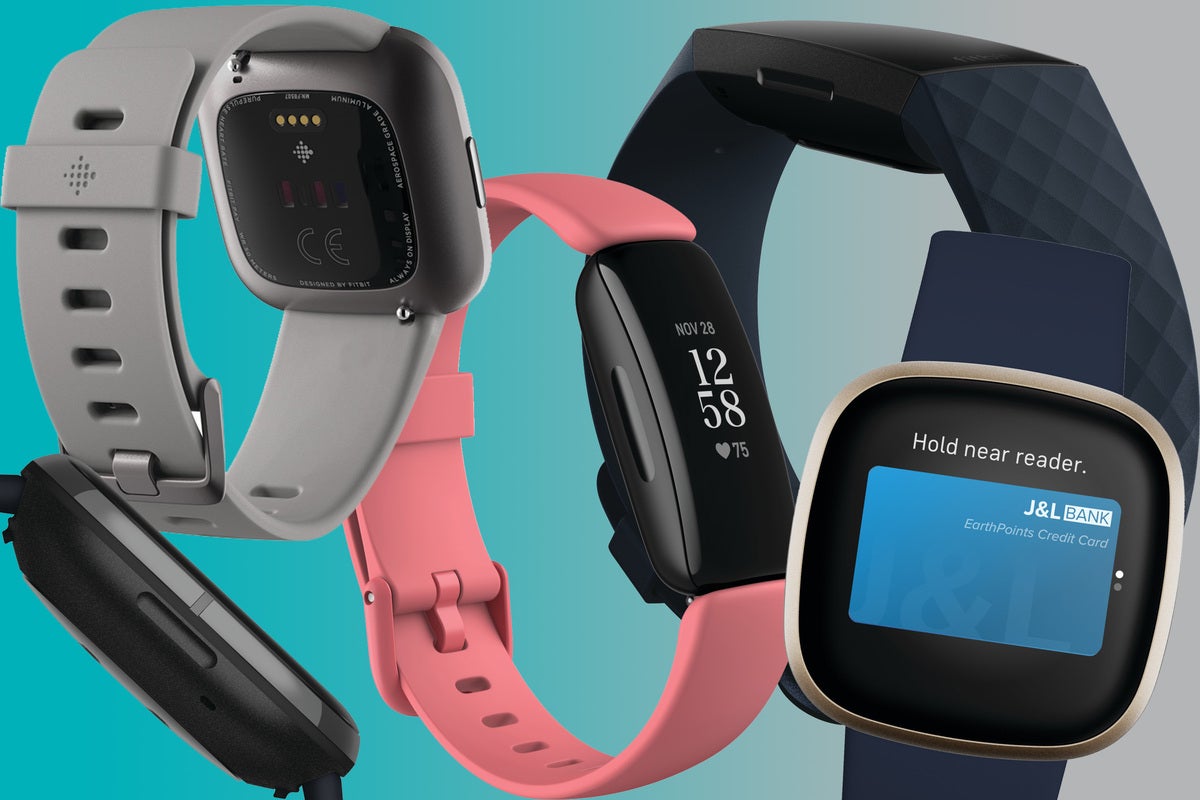
 Weight: Fitbit's devices depend on your weight to calculate calories burned, and its estimate may be less accurate for people who fall outside a specific weight range. If you're sedentary, it may underestimate your calorie burn. If you're very active, the Fitbit may overestimate your calorie burn. Overall Activity Level: Fitbit's calorie burn estimate is most accurate when you're doing moderate to vigorous activity on a normal basis.
Weight: Fitbit's devices depend on your weight to calculate calories burned, and its estimate may be less accurate for people who fall outside a specific weight range. If you're sedentary, it may underestimate your calorie burn. If you're very active, the Fitbit may overestimate your calorie burn. Overall Activity Level: Fitbit's calorie burn estimate is most accurate when you're doing moderate to vigorous activity on a normal basis. 
In a Journal of Personal Medicine study, fitness trackers had the highest level of error when tracking walking. Low-intensity activities, such as walking, can also affect the calorie burn estimate. Activity Intensity: More intense activities can cause Fitbit devices to overestimate energy expenditure, depending on where you wear it.According to Fitbit, you should wear the tracker two to three fingers from your wrist bone to get a good heart rate reading. This can then lead to an inaccurate calorie burn estimate.

If it's not positioned correctly, it may not be able to get an accurate heart rate reading.
Wrist Placement: Fitbit devices are designed to be worn on the non-dominant wrist. This can lead to inaccurate calorie burn estimates and overall tracking. Fitbit may not always be able to get an accurate heart rate reading for some people. I have not observed at any point the Band 2 counting arm swings toward my step count. Heart Rate Variability: Everyone's heart rate varies to some degree. Just throwing in my two cents: I have observed friends with the new FitBit Charge HR reaching a step competition goal by swinging their arm back and forth while standing still. There are a few factors that can affect the Fitbit's calorie counter accuracy, including:






 0 kommentar(er)
0 kommentar(er)
